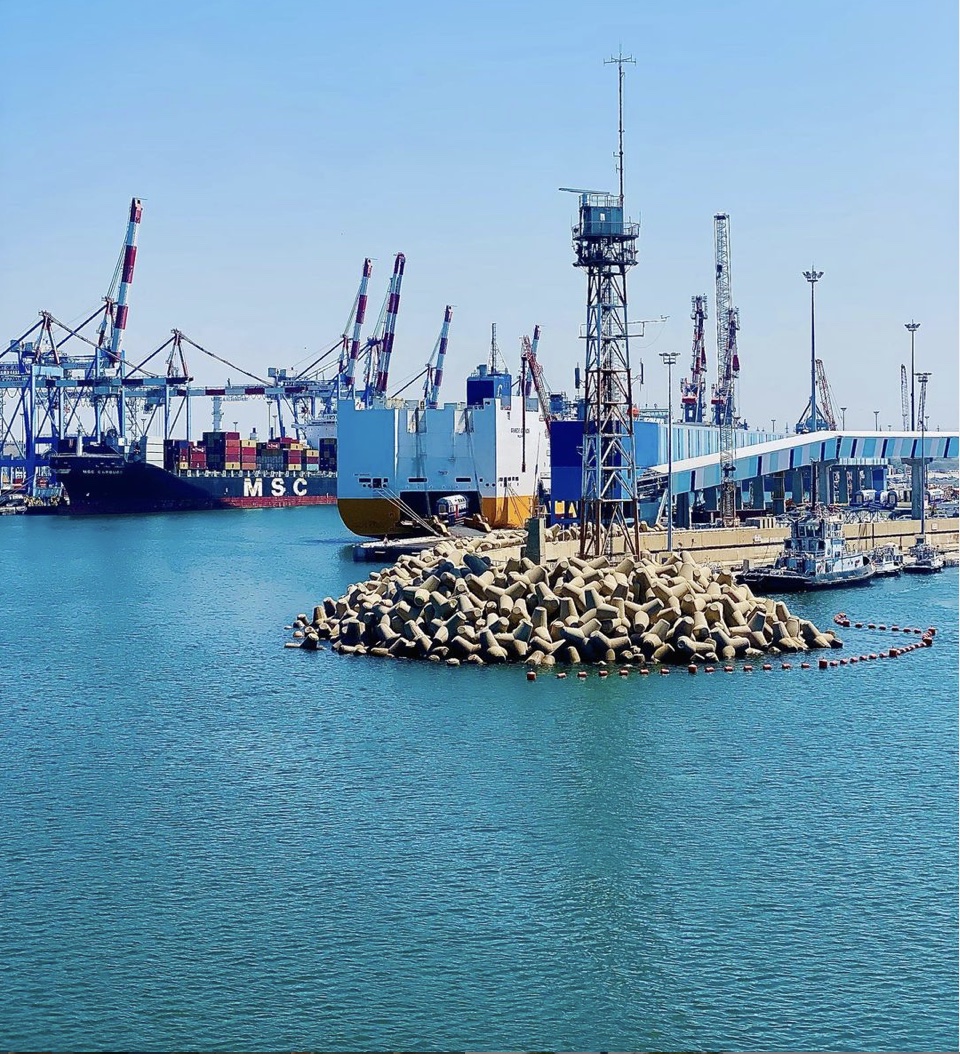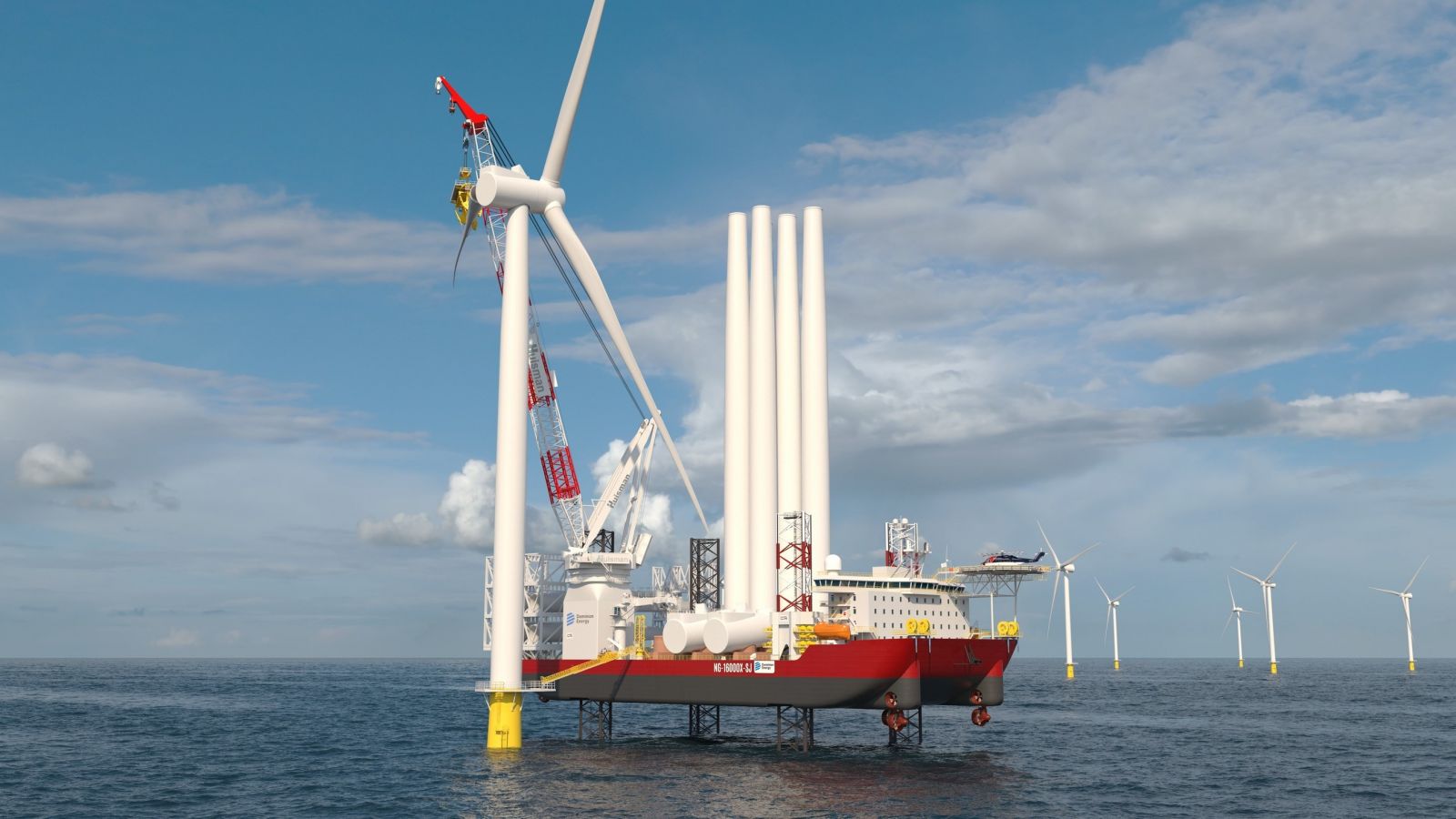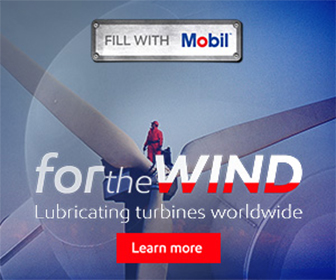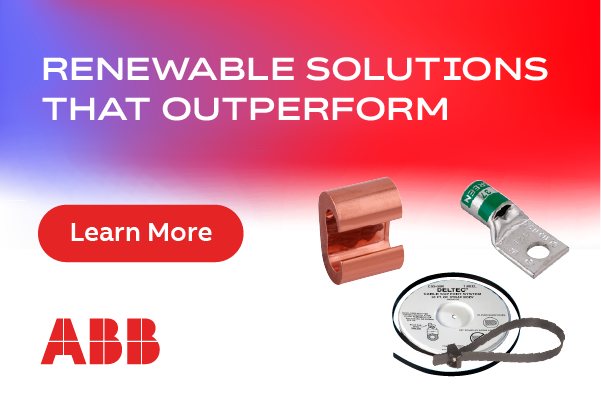New Insight into U.S. Regulations for Offshore Wind Vessels
The next three years could be a defining period for the United States offshore wind sector. It represents a growth area of the maritime industry at both a domestic and international level. In March 2021, the White House announced that grant and funding resource opportunities related to offshore wind have been designated by the U.S. Department of Transportation Maritime Administration as well as the U.S. Department of Energy Loan Programs Office. Offshore wind is a burgeoning industry - but what are the safety implications, and how do operators plan for compliance?
Getting to grips with the supply chain
While the U.S. market waits for its first Jones Act-compliant turbine installation vessel, it needs to keep a watch on Europe, where the supply chain may also face vessel constraints. U.S. developers will need to rely on European suppliers that are already in high demand to begin to meet the U.S. Government's offshore wind plans. Meeting the 2030 target will catalyze significant supply chain benefits, including new port upgrade investments totaling more than $500 million; one to two new U.S. factories for each major windfarm component including wind turbine nacelles, blades, towers, foundations, and subsea cables; additional cumulative demand of more than 7 million tons of steel (equivalent to 4 years of output for a typical U.S. steel mill); and the construction of 4 to 6 specialized turbine installation vessels in U.S. shipyards, each representing an investment anywhere between $250 and $500 million.
_58d36e.jpg)
While constructing and commissioning a US-flagged vessel is essential, it's unlikely to be built without the confidence that the vessel is used to full capacity; in most cases, a vessel is likely to need 500 MW to 800 MW of annual capacity installation for at least five years in order to balance the books.
Is compliance a necessary hurdle in the expansion of the U.S. market?
The Merchant Marine ("Jones") Act of 1920 is a U.S. trade law that defines how maritime commerce is regulated.
Specific restrictions limit the transfer of cargo between U.S. ports to vessels that are registered and built in the U.S only. Ownership of these vessels must be by majority U.S. incorporated entities with U.S. citizen representation. Onboard vessel crews may use only United States Coast Guard (USCG) credentialed mariners and a majority of U.S. citizens.
The 2016 commissioning of Deepwater Wind's 30 MW Block Island wind farm illustrates the challenge current U.S. operators face. With a lack of US vessels, developers contracted a vessel from Europe. However, the Jones Act prohibited the vessel from entering U.S. shores to collect and transport wind turbines, towers, and blades. To overcome this issue, smaller US-flagged liftboats were used to deliver wind turbine equipment out to the site, where it was transferred to the European jack-up vessel, increasing the cost and complexity of the project.
 While the U.S. Customs and Border Protection agency (CBP) holds ultimate responsibility for making rulings on whether a specific trade activity is subject to the Jones Act, the USCG determines whether a vessel is U.S. built and, therefore eligible for Jones Act trade. USCG has determined that 'U.S. built' can be achieved if all major components of a vessel's hull and superstructure are fabricated in the U.S. and the vessel is assembled entirely in the U.S.
While the U.S. Customs and Border Protection agency (CBP) holds ultimate responsibility for making rulings on whether a specific trade activity is subject to the Jones Act, the USCG determines whether a vessel is U.S. built and, therefore eligible for Jones Act trade. USCG has determined that 'U.S. built' can be achieved if all major components of a vessel's hull and superstructure are fabricated in the U.S. and the vessel is assembled entirely in the U.S.
Companies outside of the U.S. that form the supply chain, including component manufacturers for engines, propellers and certain hull elements, are not included.
Construction of a vessel to U.S. standards and certification by USCG may be achieved outside of the U.S. for international trade, but it is not eligible for Jones Act designation unless specifically permitted via a formal waiver process. Presently, waivers are rare and typically granted for national defense or emergency justifications.
A 12-point guide
More dedicated vessels are essential for the future success of the US offshore wind market. A global supply chain can help the U.S. offshore wind market to flourish. In a fresh look at the 'here and now' situation, a detailed assessment and awareness of the compliance and safety requirements of a vessel and its crew highlights the following:
- How does the Jones Act impact offshore wind support vessels?
- What are the central elements of U.S. regulations for vessel design, construction, and operation?
- Which departments are responsible for maritime safety?
- Can vessel designs previously approved by other Flag authorities in accordance with IMO and with International Standards be considered?
- How are wind turbine technicians, offshore workers and crew viewed in U.S. regulation?
- What are minimal safe manning requirements?
- What are the primary distinguishing crew licensing elements for U.S. registered vessels?
- Are there unique U.S. requirements for vessel stability?
- What are the certification and registration requirements for a vessel in U.S. operations?
- How are U.S. regulations applied for diesel engines in small workboats?
- What are the implications for crew transfer vessels?
- What are the requirements for crew berthing conditions and onboard design considerations?

Is a change of mindset on the horizon?
There is no question that change has to happen. As the industry begins to expand and country decarbonization targets need to be met, construction and maintenance of offshore wind projects calls for a combination of expertise that is comparatively new to the U.S. market and requires a variety of specialist support tonnage.
It's clear that members of the maritime world and the offshore wind industry at large need to increase their dialogue and collaborative efforts - and fast - to drive the required development of the U.S. offshore wind market within reach of the Administration's offshore wind targets.

ABS | ww2.eagle.org
ABS will class the first Jones Act compliant wind turbine installation vessel (WTIV) under construction at Keppel Amfels for Dominion Energy and the first Jones Act compliant service operation vessel (SOV) to be built at Edison Chouest for Ørsted and Eversource.
These vessels will join the first ABS-classed crew transfer vessel (CTV) in the US, Windserve Odyssey. ABS has also issued approval in principle for a series of wind support vessels, such as WTIVs, SOVs, feeder vessels and CTVs from U.S. and European designers.
*****
Guidance to support the growth of the U.S. offshore wind vessel market
"We are playing a leading role in the development of the U.S. offshore wind industry, supporting its development through safety and compliance as well as guiding vessel designers, operators and owners on the U.S. regulations for offshore wind vessels. There are definitive challenges the industry needs to overcome. To help bring clarity on the U.S. market for operators and investors in the U.S. market and outside of the U.S., we have launched the Offshore Wind Report - Understanding U.S. Regulations for Offshore Wind Vessels - which explains in detail the safety and compliance measures that need to be considered as industry transitions forward." - Matt Tremblay, ABS Senior Vice President, Global Offshore
Author: Matt Tremblay
Volume: 2021 September/October









